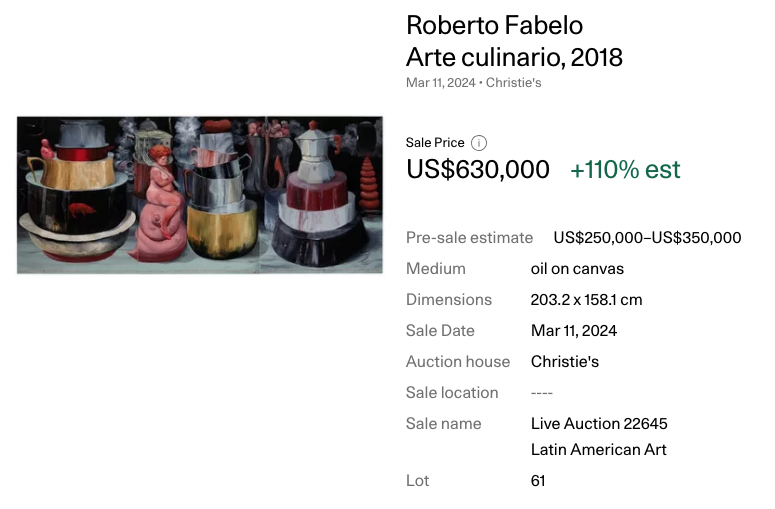
Why Modern Painters Broke Free
Beyond the Canvas: Why Modern Painters Broke Free from the Classical Line
Step into almost any contemporary art gallery, and you’ll immediately notice a striking difference from the grand halls filled with Renaissance masters or Academic salon paintings. The meticulously rendered figures, the perfect perspective, the smooth, almost invisible brushstrokes – hallmarks of classical painting – are largely absent. So, why did most modern painters decisively turn away from this centuries-old tradition?
The shift wasn’t a sudden whim, nor a sign of declining skill, but a profound evolution driven by technological, philosophical, and societal changes.
Firstly, the advent of photography in the mid-19th century was a seismic event. Before cameras, painting was the primary means of documenting the world, capturing likenesses, and narrating events. Photography took over this mimetic function with unparalleled accuracy and speed. This freed painters from the burden of mere representation. If a photograph could perfectly replicate reality, what was the unique purpose of paint on canvas? Artists began asking deeper questions about the essence of painting itself.
This led to a fundamental redefinition of art’s purpose. Modernism wasn’t interested in simply depicting what the eye saw, but in exploring inner worlds, emotions, ideas, and subjective experiences. Art became less about illusion and more about expression. Artists like Vincent van Gogh distorted reality to convey intense feeling, while Impressionists focused on capturing fleeting light and atmosphere rather than precise form.
This philosophical shift paved the way for abstraction and non-representational art. Movements like Cubism fractured reality to show multiple perspectives, while Abstract Expressionists used color and gesture to communicate raw emotion directly, bypassing recognizable forms entirely. The idea was that art didn’t need to look like something to be something; it could exist purely as form, color, and line, evoking responses independently of subject matter.
Furthermore, modern painters actively rejected the rigid academicism that had dominated art schools for centuries. Classical painting was often taught through strict rules regarding composition, anatomy, and technique, sometimes stifling individual expression. Modern artists sought liberation from these constraints, valuing experimentation, personal vision, and breaking new ground over adhering to established norms. They wanted to create new ways of seeing and making, not just perfect old ones.
Finally, there was a growing emphasis on the process and materiality of painting. Modern artists often highlighted the brushwork, the texture of the paint, and the canvas itself. The surface wasn’t meant to be a window to another world but an object in itself, celebrating the act of creation rather than concealing it.
In essence, modern painters didn’t abandon the classical line out of inability, but out of a desire to expand the very definition of art. They sought to explore new territories of expression, pushing boundaries and inviting viewers to experience painting not just as a depiction of reality, but as a direct encounter with ideas, emotions, and the limitless possibilities of human creativity.





